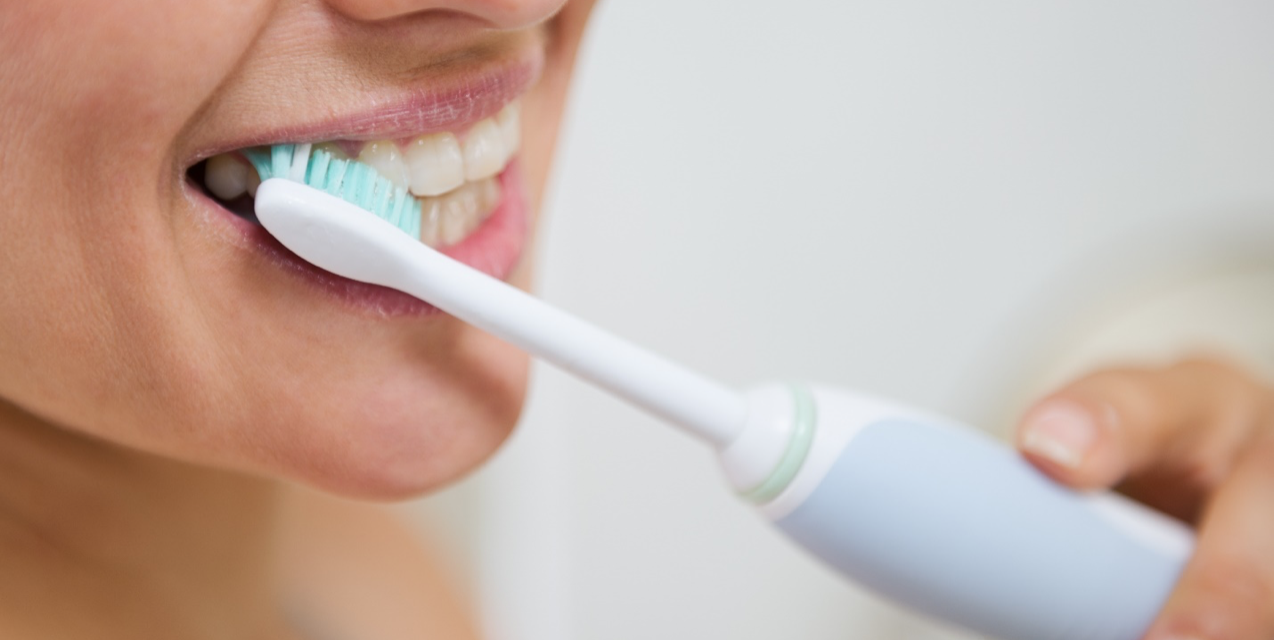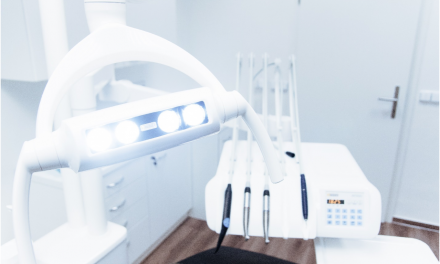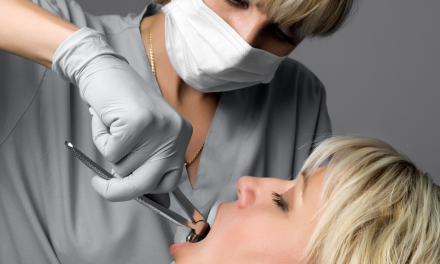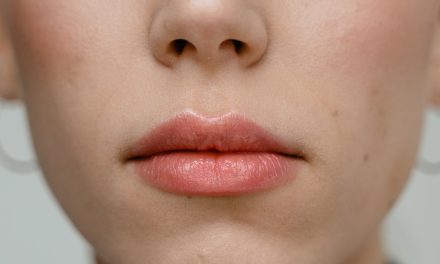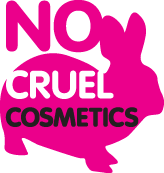Proper oral hygiene practices are important during and after teeth-correcting treatments. The Oral Health Foundation lays down the recommended requirements every patient needs to observe, to ensure the successful outcome of treatments such as braces and aligners. These requirements include the following recommendations.
Teeth and gums should be carefully cleaned every day
Great care should be taken to keep teeth and gums scrupulously clean. The complex design of traditional braces, with the interconnecting brackets and wires, are delicate, so patients need to be careful when removing bits of food from in between these metal systems. Different dental appliances may require different cleaning techniques. A dental practitioner will demonstrate the required technique to be used.
Patients may know how many times a day to brush their teeth, but often do not know the opportune times for doing so. Just before going to bed is one of the best times to get rid of food left behind on teeth and gums. The other best time is before breakfast, although some dental practitioners may differ on this point. The thought behind brushing before breakfast is to prevent any bacteria that may still be present in the mouth from entering the body with the food digested.
Reduce sugar consumption
It may come as a surprise to some patients, but eliminating or reducing certain foods, especially those with high sugar content, is critical to maintaining healthy teeth and gums. Sugar-laden snacks and fizzy soft drinks are often the main culprits to be aware of, however, patients are also advised to read labels on packaging carefully to identify hidden sugars.
Choose periodic professional teeth cleaning services
Professional teeth cleaning holds immense significance in maintaining optimal oral health. While regular brushing and flossing are essential, they may not effectively eliminate all plaque and tartar buildup. Professional cleanings, performed by dentists similar to the ones at https://addisontxfamilydentistry.com/location/farmers-branch/, often involve thorough removal of these deposits, preventing them from progressing into more serious dental issues.
During a professional cleaning, hard-to-reach areas and spaces between teeth are targeted, reducing the risk of cavities and gum disease. Plaque and tartar buildup, if left untreated, can lead to inflammation of the gums (gingivitis) and eventually advance to periodontitis, which is a more severe form of gum disease. Furthermore, professional cleanings offer an opportunity for early detection of dental concerns. Dental professionals can identify potential issues such as cavities, gum inflammation, or even signs of oral cancer. Regular cleanings also contribute to fresher breath, improved aesthetics, and a brighter smile. By investing in professional teeth cleaning, individuals ensure a thorough and comprehensive approach to oral care, promoting not only a healthy mouth but also overall well-being.Essential teeth-cleaning items for patients wearing braces and aligners
Maintaining a healthy mouth may not always be convenient. Patients receiving treatment in orthodontics Navan who are constantly on the go may find it a challenge to stick to a dental hygiene regimen. The best advice for these patients is to be prepared. There are numerous dental products that are available in travel size and these can be easily carried in a backpack or briefcase.
1. A toothbrush
Brushing teeth with a toothbrush remains the best way to remove food particles left behind and protects the teeth from build-up of unwanted plaque. While toothpaste, especially one that is fluoride-based, is highly desirable – it is possible to clean teeth without toothpaste and a travel-sized toothbrush is perfect.
2. A specially designed brush for cleaning brackets
Braces have built a notorious reputation for being hard to clean. Cleaning regimens are made easier with an interproximal brush that is especially designed to work around brackets and in between arch wires.
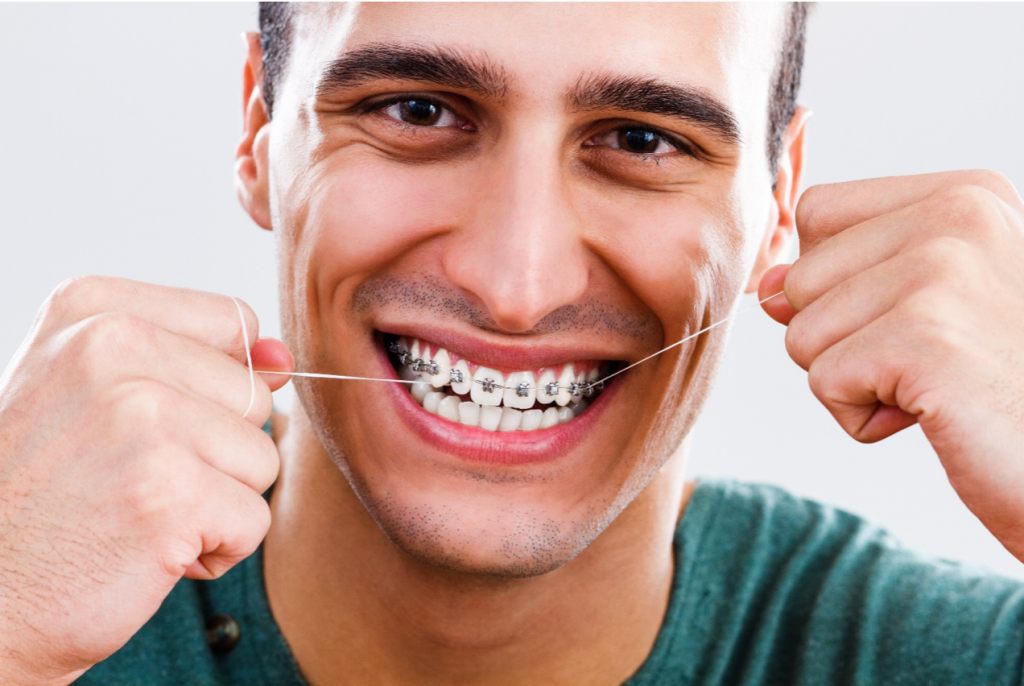
3. Floss and floss threader
Sometimes brushing is not always enough to dislodge food caught between teeth and between wires and brackets. This is why flossing is the second crucial step in every oral hygiene practice. Floss is available in single-use packets which makes it easy to carry around, without it taking up valuable space.
4. Water
The simplest form of cleaning the mouth is rinsing it out with plain water (available almost everywhere) after eating and drinking. A good water rinse is helpful, (although not as good as brushing) in decreasing the effects of acidic foods and beverages.
A survey carried out by the British Orthodontic Society (BOS) has suggested that the number of adults in the UK seeking to straighten their teeth have risen from 75 percent to 80 percent in a matter of two years. The surge in popularity of these treatments is attributed to a diverse range of dental appliances, lower cost and reduced treatment periods. Consult a dental practitioner for the ideal treatment plan for best teeth straightening results.
- Overcoming Challenges in the Production of THC Seltzers - 10th May 2024
- The changes in dental marketing - 12th October 2022
- Online aligners or surgery based ones? - 12th October 2022

